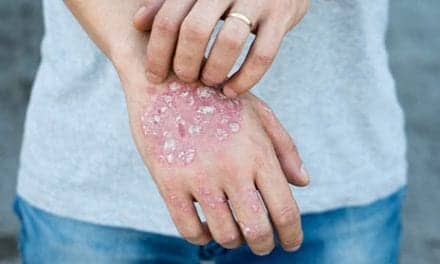5/03/07
According to research presented at the annual conference of the American Society for Laser Medicine and Surgery (ASLMS), in Grapevine, Tex, last month, early treatment of facial birthmarks is beneficial for patients.
The study, conducted by Anne Chapas, MD, assistant clinical professor of dermatology at New York University, and her colleagues, included infants of age 6 months and younger with facial port-wine stains who received a series of high-energy pulsed-dye laser treatments between 2002 to 2005.
“We know that the pulsed dye laser is a highly effective therapy for lightening birthmarks, but there has always been a debate regarding the best time to initiate treatment and how much laser energy could safely be used on infant patients,” Chapas says.
Facial port-wine stain birthmarks are common and affect 0.3% to 0.5% of newborns. If left untreated, 60% of patients develop thickening of their birthmarks in their 20s or 30s—often marked by small blood-vessel growths known as blebs. The blebs can bleed easily and interfere with a person’s daily activity. The pulsed-dye laser works by selectively heating the abnormal blood vessels within the port-wine stain, leaving the surrounding skin intact.
“Our findings show that when babies are only a few months old, their birthmarks are typically smaller in diameter and thinner, which actually allows enhanced penetration of the laser energy. As the child grows, the birthmark will grow in proportion to the child, with lesions becoming thicker and harder to treat over time,” says Chapas.
[ASLMS, April 14, 2007]


